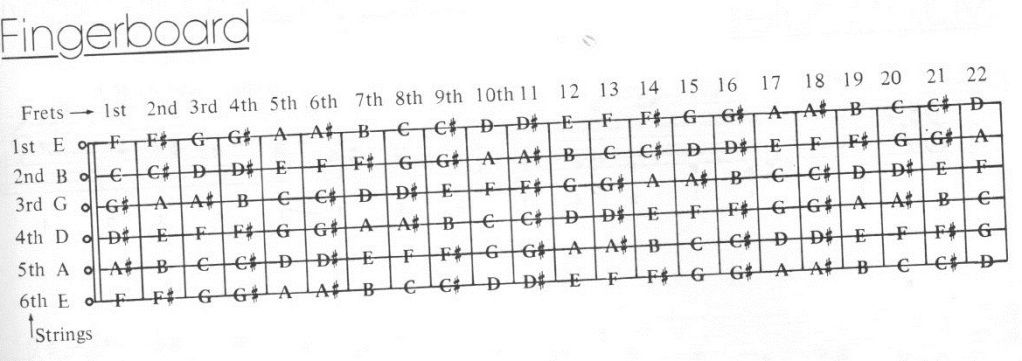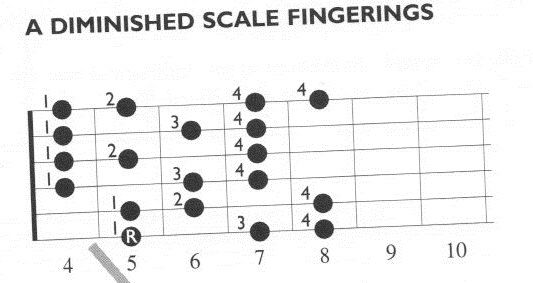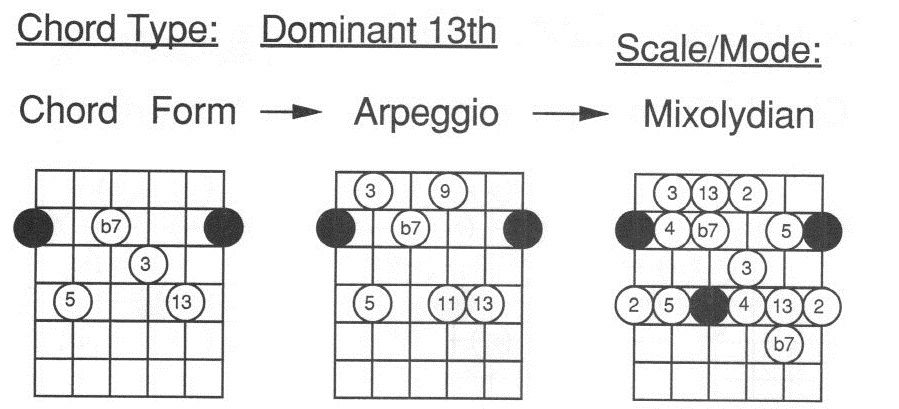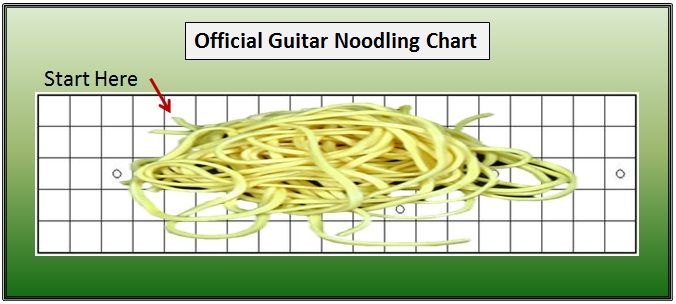
 |
|
#16
|
|||
|
|||
|
I do care to follow you...when ypu post somethong lile you did abput great players like holdsworth and martino you run the risk of really confusing beginners who might be reading this thread...so i want to know where you are coming from with that.
|
|
#17
|
|||
|
|||
|
[QUOTE=rick-slo;3081724: Do you mainly learn other composer's fingerstyle or classical guitar pieces? Do you mainly compose your own music? [/QUOTE]
I do mainly learn other composers fingerstyle pieces. I would like to compose more of my own music. As of now I have two of my own. I'm going to learn this. I have the time and nothing to lose. Thanks for the input everyone.
__________________
Larrivee OM-03 Seagull SWS Maritime Mini Jumbo Alvarez AP70SB Parlor Alvarez AF60SHB Seagull Concert Hall Mahogany Harmony H1215. 1953 An 80 year old Kay (approx) Epiphone ES-339 Epiphone Les Paul 50's Standard 3 home built Strat's |
|
#18
|
||||
|
||||
|
I doubt anyone while playing a tune with three and four note chords constructs them one note at a time, thinking, "let's see, Cmaj7, I will put the C here, the G here, the B here, and the E over here". While playing he very well may know the name of each chord and the name of each note in the chord but he still will be reaching for previously learned chord shapes. Learning shapes will always be a big part of fluent guitar playing.
In reference to the guitarist already mentioned in this thread and this topic here is one of his lesson videos. http://www.youtube.com/watch?v=l4M2A...eature=related
__________________
Derek Coombs Youtube -> Website -> Music -> Tabs Guitars by Mark Blanchard, Albert&Mueller, Paul Woolson, Collings, Composite Acoustics, and Derek Coombs "Reality is that which when you stop believing in it, doesn't go away." Woods hands pick by eye and ear
Made to one with pride and love To be that we hold so dear A voice from heavens above |
|
#19
|
|||
|
|||
|
Quote:
here is a pat martino article from guitar player: Master Class / Sacred Geometry / Simplifying the fretboard with Pat Martino http://www.patmartino.com/Articles/GuitarPlayer_April_2004.pdf i’ll cherry pick some appropriate lines: We’re about to enter the heart of Martino’s unique vision of the fretboard – but fear not: Although Martino plays some of the most ferocious, angular modern jazz lines you’ll ever hear from a guitar player, all you’ll need to grasp the concepts that follow is a basic knowledge of music theory, because, in Martino’s mind there are only two basic shapes you absolutely must know to unlock the secrets of the fretboard. To me, this is the guitar. These two parental shapes – the augmented and diminished clusters – are the fastest way to learn the instrument, provided you have a basic command of chord theory and scale spellings. Now that you’ve seen how the two parental shapes act as key centers and yield dozens of colorful, closely-related chords, it’s time to start thinking of them as launching pads for melodic improvisation – which is exactly what Martino does. That means putting aside notions of scale patterns and really learning to visualize the fretboard as a network of shapes connected by neighbor tones and passing tones. moving on from there, and back to my original points, here is the fretboard viewed as named notes. it is certainly useful, but kind of limited in my opinion. i took wooly’s question to be about the value of memorizing this:  here is a scale diagram. it also is useful, but again somewhat limited. there are no note names or scale degrees. i’m guessing this is what you would like to see players move beyond.  here are two ways of viewing the fretboard that i think of as highly useful. they involve shapes and patterns, but no note names.  
|
|
#20
|
|||
|
|||
|
that is a load to think about! I find that ,for me, just noodeling around begins to form the shapes and sounds needed. No thought, no theory, it happens on its own. I prefer it that way.
|
|
#21
|
|||
|
|||
|
Quote:
 
Last edited by mc1; 06-21-2012 at 10:01 AM. |
|
#22
|
|||
|
|||
|
Thanks, but that is even too complicated for me!
|
|
#23
|
|||
|
|||
|
Quote:
Again...all thinking is for the practice room. I never think about the names of notes as i am playing them...but it makes my practoce more productive. |
|
#24
|
|||
|
|||
|
Quote:
Basically, I got to a point where I realized that I was limited by my lack of knowledge of the fretboard. I could play a beautiful solo in one position, but if I was stuck in that position, and couldn't transition smoothly to other areas. Or, if I wanted to emphasize the chord tones, I had to shift into a "cowboy chord" shape or an E- or A- shaped bar chord further up the neck, which is limiting because the way the E- and A- voicings skip the lowest third of the chord. This stuff is tremendously useful. That being said, I think there's a reasonable question to be asked of WHEN you should learn it - I think it's less important than training your ear, for example, and that it can work against ear training (because with your fingers doing more complicated things, it's easy to get stuck thinking about your fingers). |
|
#25
|
|||
|
|||
|
Excellent discussion. Although I do work on knowing the notes that go to make up a chord (and certainly the root notes are no problem - anyone who's ever played in a band had to get these under their belt) - I do think mc1 is right about shapes. There's something immediate and visceral about memorising and visualising (and hearing) a shape, and this then becomes the basis for adding more complex tones. The brain can make immediate sense of these patterns and the associated sounds, whereas making sense of music notation and naming the notes involved is a different skill - perhaps something much more mathematical, and some people have much less aptitude for thinking in this way.
But to know immediately for instance that the dominant 7th of a chord (where the root is on one of the two bass strings) is on the same fret two strings across, seems to me more useful than being able to say precisely what note it is, and it's only one twelfth of the information. Knowing the position of the 5th or the 9th relative to the root creates the basis to know what to do when one of them is flatted or sharped. So it's possible to produce something like a min7b5 in any key straight away, with no need to name the note of the b5 within the chord. I'm not saying this doesn't have it's limitations, but it definitely gets you quite a long way - it's a good "working knowledge" of things. These shapes in their turn become the basis for navigating lines and arpeggios around them, so you know how to target the defining notes of a chord - such as the major or minor 3rd, the 7th etc. I don't know to what degree the great players would have known the names of individual notes on the guitar, but I do feel they'd have have been completely on top of this. |
|
#26
|
|||
|
|||
|
****, I thought that was my personal secret method...
|
|
#27
|
|||
|
|||
|
Here's a video lesson with a PDF that teaches the notes on the fretboard...
How To Learn The Notes On The Fretboard Hope it helps. |